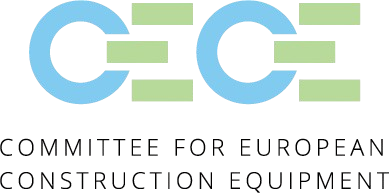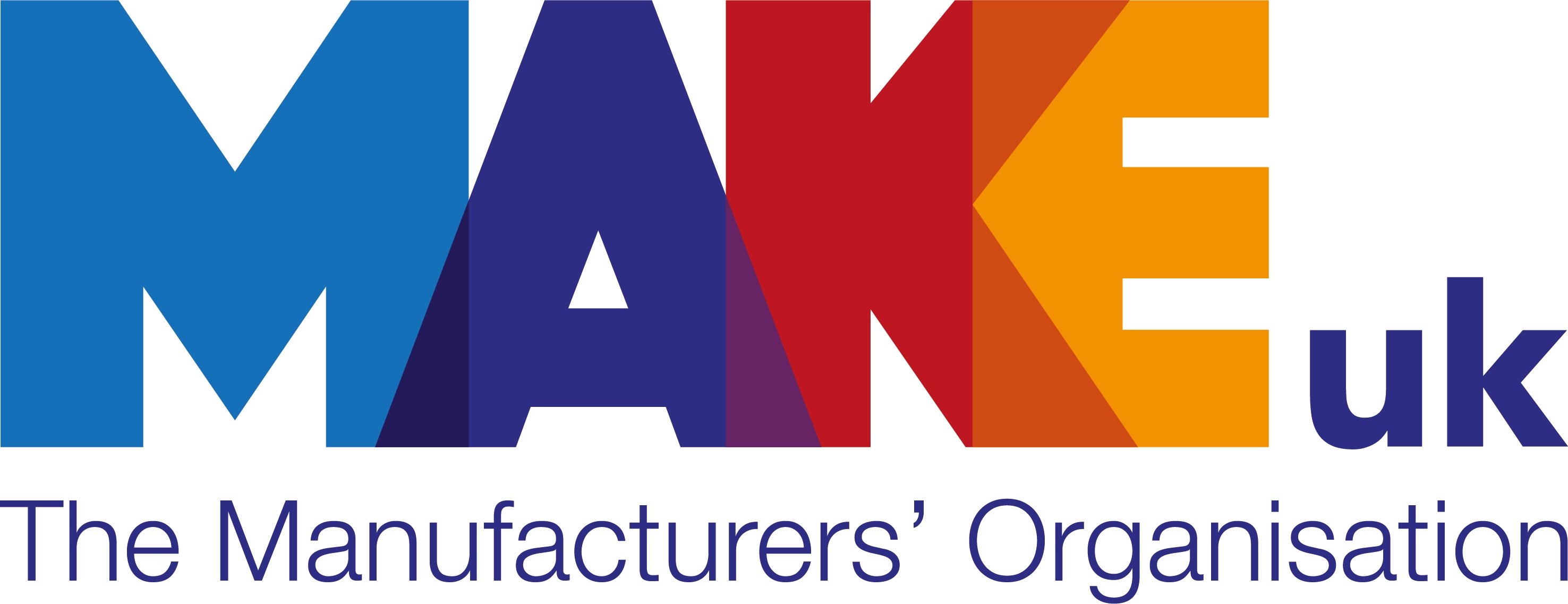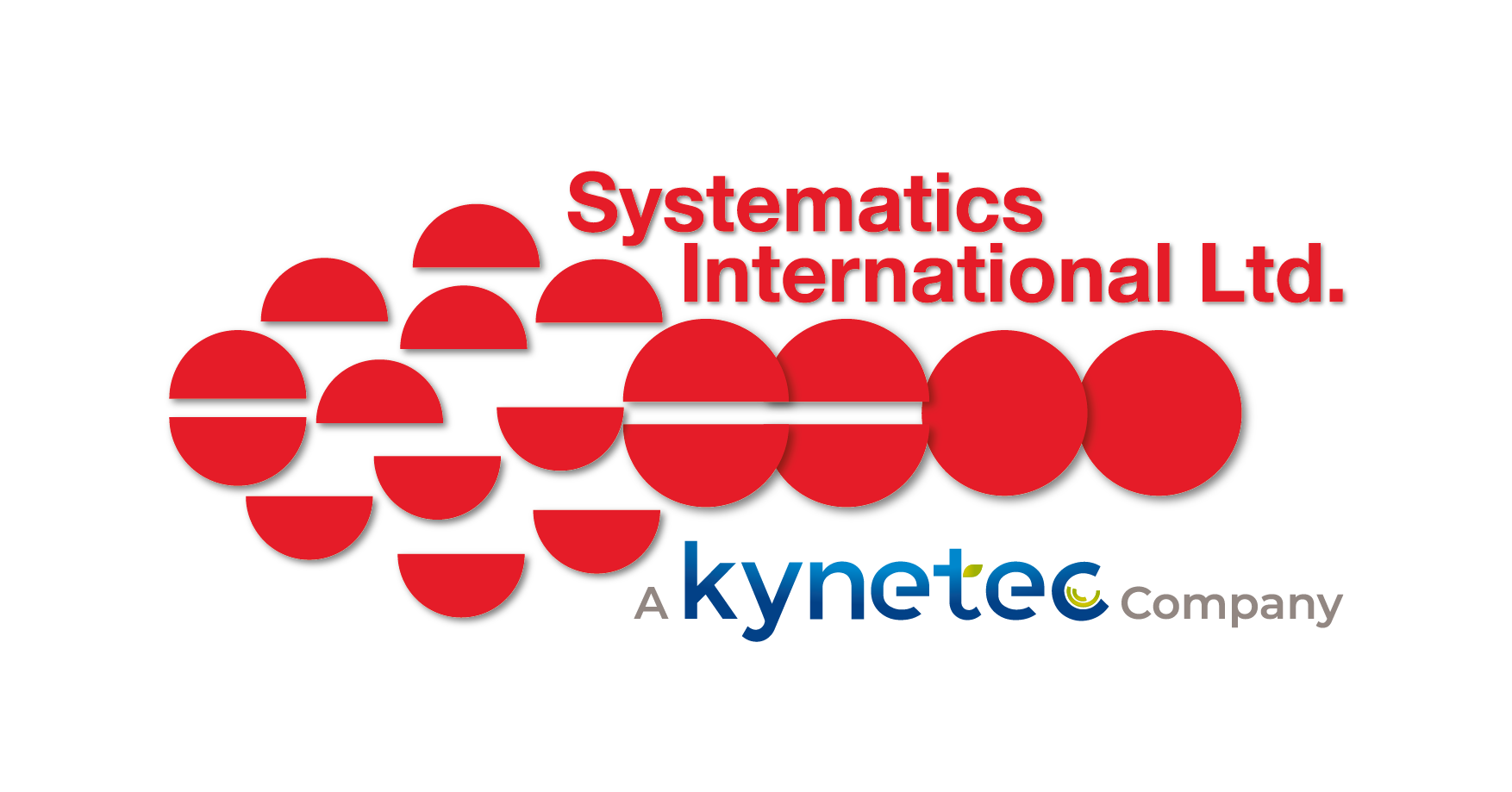The Construction Equipment Association
The voice of the UK construction equipment market since 1942.
The CEA Office will be closed from Friday 19 December 2025 to Tuesday 6 January 2026. We wish you all a very Merry Christmas.
We support our members to achieve industry excellence through market and technical information and insights, networking, trade shows, exhibitions and events, and lobbying work with the UK and European Parliaments. We are represented in Brussels as active members of the Committee for European Construction Equipment. Our influence is felt worldwide through our technical, regulatory and international trade work. We represent construction equipment OEMs, distributors, attachments and components manufacturers, and service providers to the industry.

CEA Annual Review 2025
This past year has been another year of great transformation and achievement for the CEA. With the rollout of a refreshed brand, the introduction of an International hub and newsletter, an online member directory, our Manifesto one year on update to name a few. Our 2025 Annual Review captures all of the great work undertaken by our team, partners and you - our members.

CEA marks a year of delivery on Manifesto pledges
A year on from our Manifesto launch, we bring you an update that reflects on how our original asks have shaped our work over the past year. It's a snapshot of an industry that's working hard to ensure the UK remains a competitive, attractive and forward-thinking place to manufacture construction equipment.

News
Stay up-to-date on CEA activities, member news and industry developments.
Events
Check out the latest sector trade shows, conferences and exhibitions in the UK and overseas.
Get involved
Learn more about the latest consultations, calls for evidence and government matters.
Check out our membership brochure for a detailed overview of the many benefits you can enjoy as part of CEA membership.

Latest CEA news
Wrapping up December at the CEA
By
Viki Bell
For a change, I won’t start this year-end blog with my normal ‘busy month, flew by’ – as they all seem to! November included the CECE Summit in Brussels, where I was officially ...
PlantWorx
PlantWorx begins a new chapter with Nineteen Group
By
Louise Carney
The CEA (Construction Equipment Association) today announced that PlantWorx, the UK’s largest working construction equipment show, has been acquired by Nineteen Group. PlantWorx ...
Government confirms 40% First Year Allowance will apply to ...
By
Louise Carney
Following yesterday’s Budget, the Treasury has now confirmed that the new 40% First Year Allowance (FYA) will apply to assets purchased for hire and leasing from January 2026. ...
For the industry, by the industry.
Our partners





















